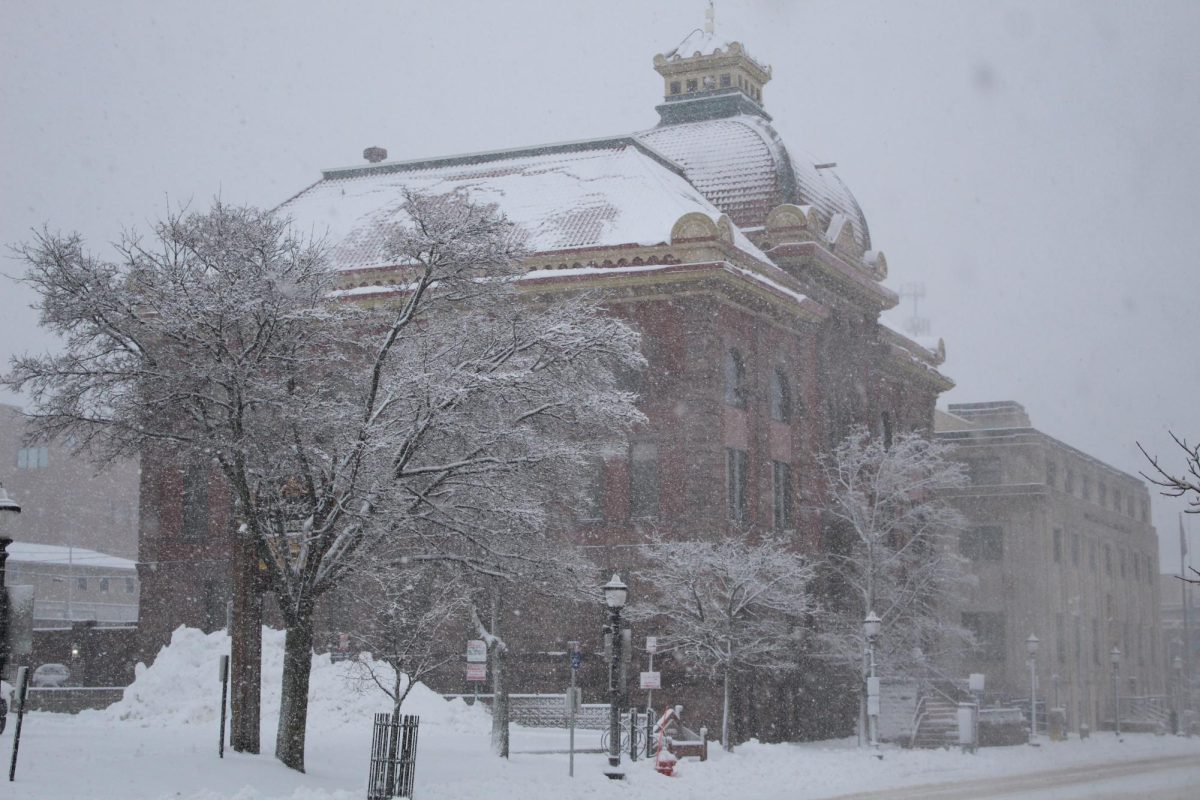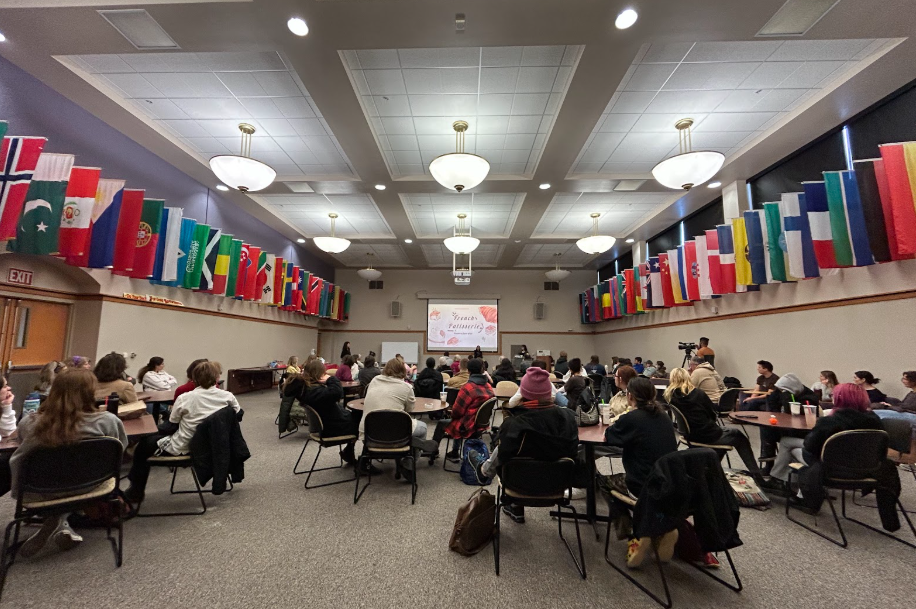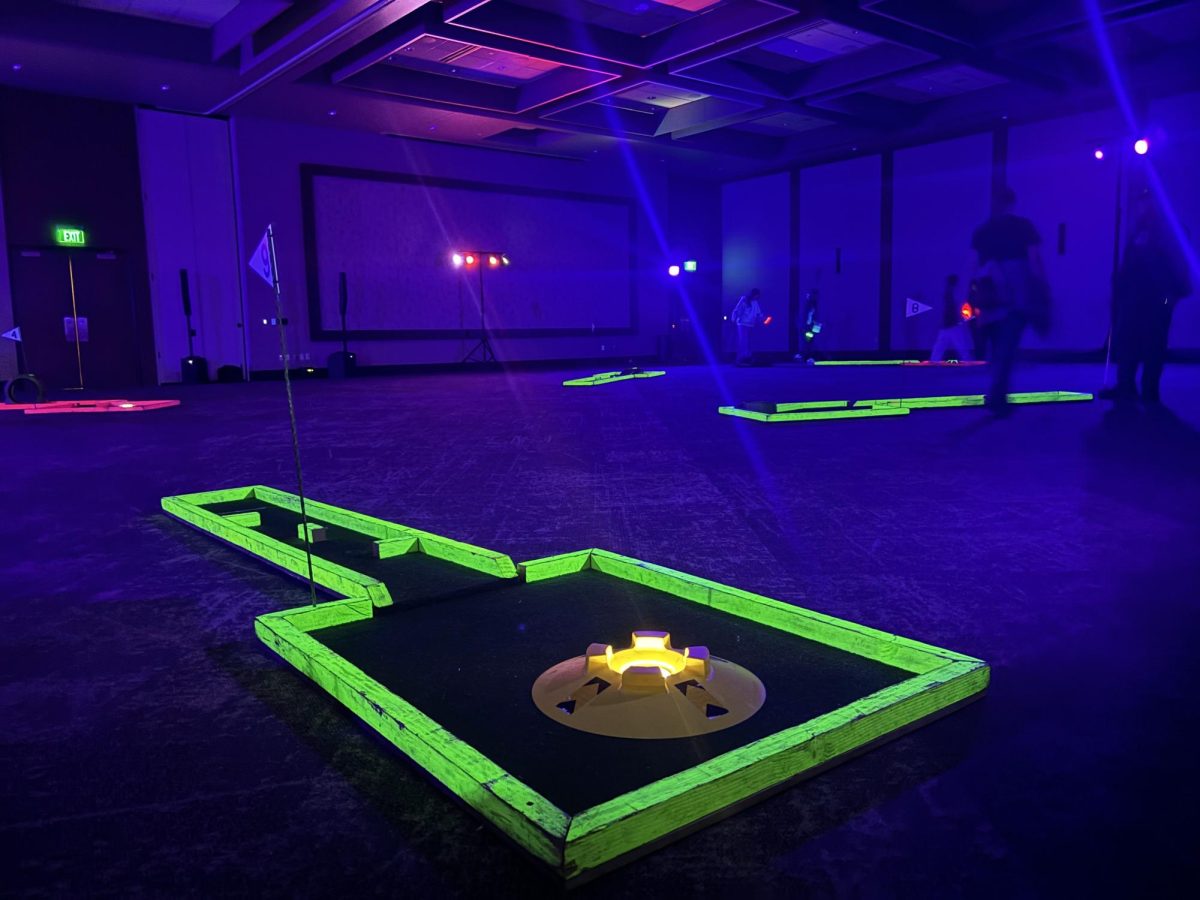In the game SimCity, it’s wise to build nuclear power plants: they have low emissions, are very efficient, and produce a lot of electricity, albeit with a hefty price tag. But if a meltdown occurs, your city turns into a big glowing blob of radioactive ruin. At this point it’s best to start over, or at least go back to your last save and remove the plant before it blows up (a convenient reality of video games). In real life, it isn’t quite so simple.
There is no reset button for the thousands of people who lost their lives and the tens of thousands still missing in the aftermath of the extremely destructive 9.0 magnitude earthquake that struck Japan only weeks ago. There is no going back to the last save-point so you can warn the thousands who were only moments later swept up by a horrific tsunami that has devastated Japan in ways not seen since the end of World War II. And isn’t it ironic that the last time the people of Japan witnessed destruction on this scale, it was because two atomic bombs had been dropped on them. Now, they face a nuclear threat of a different kind.
Following the earthquake, the Fukushima Daiichi nuclear plant lost power to its reactor cooling systems. Only moments later, a tsunami ripped through the area, knocking out the vital back-up diesel generators. Without the ability to cool the fuel rods, the reactor core risked direct exposure to the air, which would cause the fuel rods to melt down. If they were to catch fire, toxic radiation would be rapidly released as the reactor core fell to the base of the steel and concrete containment dome. The reactor risked going critical if it was not continuously cooled during the several-day procedure.
In response, since radiation levels are too high around the reactors, Japanese authorities are spraying reactor buildings directly from afar to ensure there is enough water in the cooling tanks to prevent a meltdown. Some have criticized the response as appearing overly improvised, pointing out the swarms of fire trucks and helicopters scrambling to avert disaster amongst a post-apocalyptic landscape. People are scared of the radiation which has already been detected in nearby food supplies, Tokyo’s tap water, and off the coast.
Meanwhile, in an ill-fated coincidence, President Obama visited Chile on a tour of South America this week, in part to announce the signing of a Chile-U.S. nuclear pact a few days before. This agreement is designed to build up an intellectual community knowledgeable in nuclear energy in the likelihood of a future plant being built in Chile, a country which is also known for its severe earthquakes and devastating tsunamis.
In the United States, the Nuclear Regulatory Committee, in response to the crisis in Japan, has performed a preliminary review of our nuclear plants and their emergency systems. They have announced there is no need to make any changes at this point, and highlight the likely deficiencies in design and proximity to sea level as crucial factors contributing to the dangerous situation in Fukushima.
This disaster will certainly have an impression on the nuclear debate, and, unfortunately for nuclear advocates, at a time when a variety of advanced third- and fourth-generation reactors are in the works. Yet, we’ve placed so much emphasis on where the energy is coming from that many have lost sight of where it is going. The true problem is our unsustainable use of energy in the first place. Nuclear energy is not is the root of all evil, rather it is how we use it. It doesn’t matter how many nuclear reactors, coal-fired plants, wind turbines, or solar farms we build: the bottom line is that we must change the very patterns of our consumption and move forward to a future in which not only our addiction to oil (or uranium) is overcome, but the very motivations which drive us to excess in the first place.
There is a great quote in the film 180° South, a documentary about a journey to Chile. At the end of the film, Doug Tompkins, founder of The North Face, questions those who can’t envision returning to a simpler time: “People say you can’t go back but what happens if you get to the cliff and you take one step forward. Or you turn 180 degrees and take one step forward … Which is progress?”


























Ben Scheelk • Mar 26, 2011 at 2:15 pm
Good point David. In my original draft for this article, I went into much more detail explaining the emergency shut-down procedure (which is automatically triggered among all Japanese reactors in case of an earthquake) and the technical aspects of a boiling-water reactor design, including an explanation of the role of the moderator and the purpose of the control rods. Yet, I was mistaken in saying the reactor risked “going critical” if not properly cooled, as you wisely explained. I think I might have picked this lingo up from reading a bunch of articles on this situation, and, unfortunately, like many journalists, I used scientific terms a bit loosely and out of context. My apologies for not making the technical distinction, and failing to report that the reactor risked “melting-down” and not “going critical.” Thanks for bringing this to my attention!
Karomojo • Mar 25, 2011 at 10:45 am
My only question is why did the Japanese build a nuke plant so close to the ocean and in an earthquake prone area? This makes little sense to me.
David Wright • Mar 24, 2011 at 10:22 pm
“The reactor risked going critical if it was not continuously cooled during the several-day procedure.”
A critical reactor is not something to fear. In fact any nuclear power plant has a critical reactor whenever it is in steady state operation and generating power. Simply put, a “critical” reactor is one that has a self sustaining chain reaction, with neither increasing nor decreasing power levels.
Pressurized water reactors and boiling water reactors (like the one in Japan) use water as both a coolant and neutron moderating agent. In simple turns this means that the water is used to “slow” down neutrons by reducing the amount of energy they have until they can be absorbed by the Uranium fuel. When the Japanese reactors lost power, their control rods immediately and automatically scrammed, effectively shutting off the nuclear chain reaction. In this condition reactors continue to generate large amounts of decay heat that must be removed to prevent the fuel cells/rods from physically melting. Without the ability to run pumps to cool/replace the water in the vessel, it will all boil off leaving the core uncovered. At this point, control rods fully inserted into the core and no water to moderate neutrons the reactor is incapable of going critical.